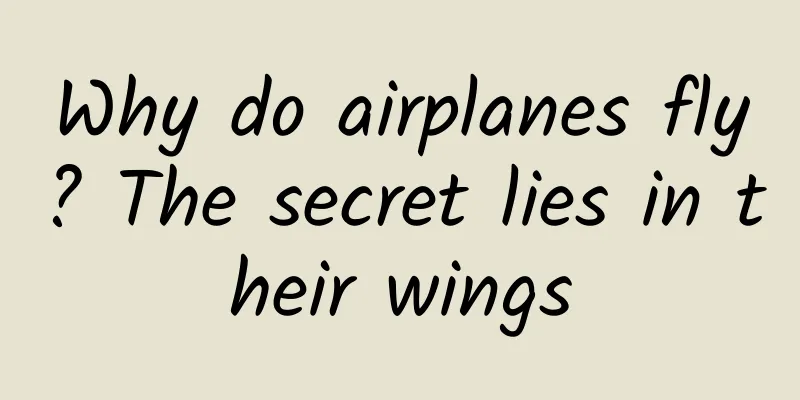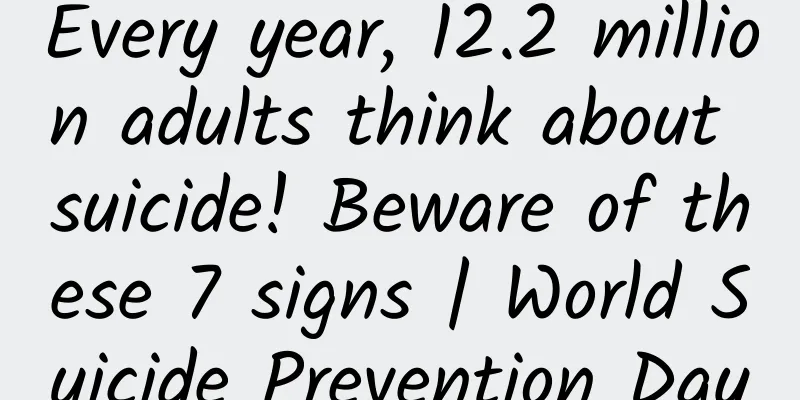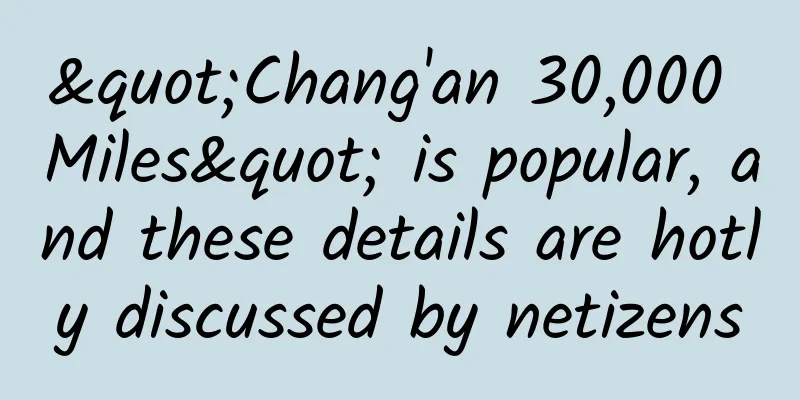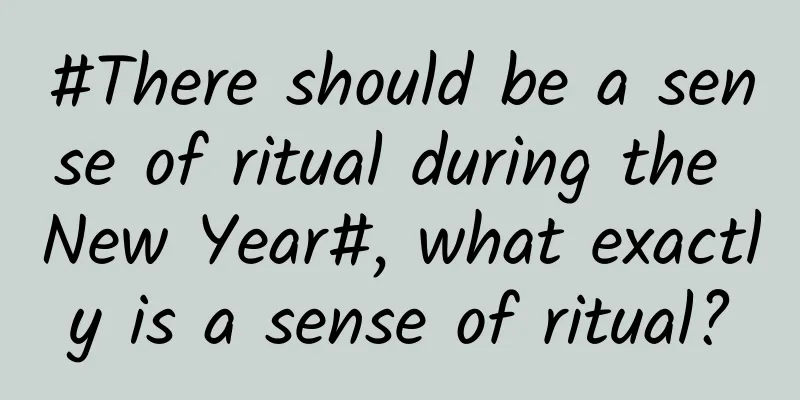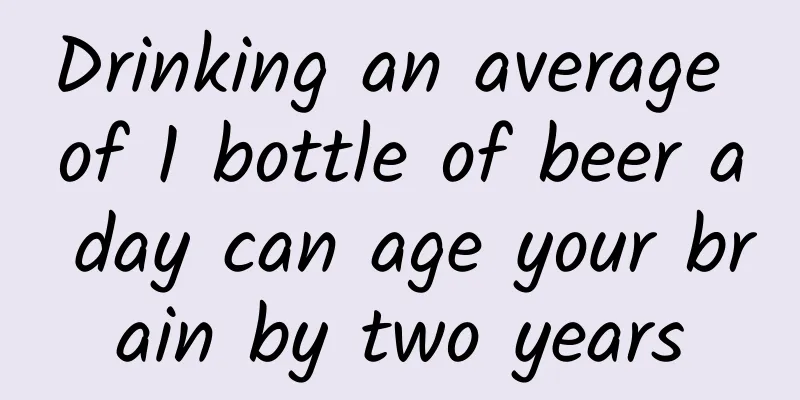Prediction error: seeing a vine in the grass, the brain predicts it might be a snake…
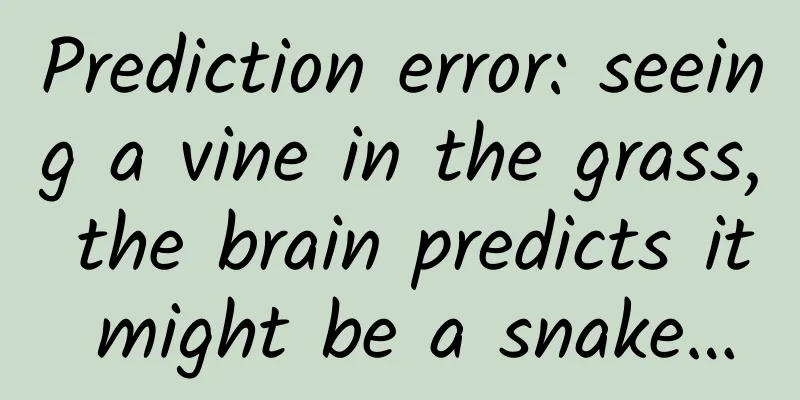
|
Leviathan Press: We know that "what color your eyes see" and "how you describe the color you see" are two different facts, just like a color-blind person who sees red but describes the color he sees as green. Similarly, we, as three-cone animals, certainly cannot imagine the world in the eyes of cats. After all, as a two-cone animal, your cat is similar to the red-green color blindness mentioned above... It's like the ocean is never blue - even if we are all human, the world we see is different for everyone. However, the brain's predictive model tries to ensure that we have a certain "consensus" about the world in front of us, such as when we see a curved vine in the grass, the brain will predict that it may be a snake. But the problem is, what if the prediction is wrong? The brain must find a model that can accommodate these errors. A man is sitting at a corner table in a crowded cafe, drinking his coffee when he realizes something is wrong. He can see steam coming out of his cup, but when he puts his hand over it, he can't feel any warmth. He then takes a sip of his coffee, but there's no taste. People are chatting all around him, but there's no sound. He reaches for his phone to text, but the words on the screen are complete gibberish. He starts to panic, but nothing outside the window seems to have changed. Sometimes, even when the world looks completely normal, we feel otherwise. Why is that? Maybe what we think of as reality is a complete fabrication of ours. © YUDHO What we see, hear, and feel are not true reflections of the physical world, but rather highly realistic illusions created by our brains. Our minds do not passively receive the world around us; they create it based on past experiences, learned patterns, and expectations. Rather than receiving information from the physical world and translating it into a perception of reality, the brain is constantly guessing, filling in the gaps, and making assumptions about what will happen next. Every moment of your life is the product of your brain’s “best guess”[1]. What you are certain is real may not exist as you perceive it, because the world you experience is merely a version of it that your brain has constructed internally, influenced by your senses and filtered through your past interactions. © Midjourney This means that your reality is extremely subjective. Your brain's internal model determines what you see, hear, and even feel. Two people can experience the exact same event, but feel it very differently because each person's brain is uniquely wired to do so. What you think is "the truth" of the outside world is actually just your brain's subjective interpretation, which means that the reality you live in may not be a true reflection of what is actually happening in the outside world. The Prediction Engine of the Mind In everyday life, the brain acts like a prediction machine, programmed to constantly anticipate what will happen next. The brain operates a complex system of "top-down" and "bottom-up" processing. The higher-level parts of the brain - the areas responsible for memory and anticipation - send predictions about "what should happen". Meanwhile, the lower-level parts process raw sensory input from the world around you. But interestingly, the brain doesn't wait for sensory input to guide your perception; it predicts what you should experience and then simply checks whether the actual input matches the prediction. © Midjourney When these predictions agree with the incoming data, everything works perfectly and you don’t even realize it’s happening—it’s completely seamless. But when your brain’s guesses don’t match what it actually sees, something called a “prediction error” occurs.[2] © Midjourney For example, imagine you are walking in a park and suddenly you see a red cloud in the sky. Your brain will immediately recognize that this does not match predictions, as you obviously expected to see white clouds. In this case, you might think it is a reflection of the sunset or come up with some other explanation to rationalize the phenomenon. Regardless, your mind will struggle to make sense of this seemingly impossible occurrence. When this happens, the brain is forced to stop and recalibrate its model of reality. The entire system operates in a continuous feedback loop: the brain predicts, senses, compares, and updates—all in an instant. But here’s the key: the brain always prioritizes its predictions over raw data. It’s more concerned with maintaining the internal models it has built than striving for complete objectivity.[3] As a result, your reality is not just a reflection of the world — it’s the result of your brain’s efforts to guess what’s going on and to revise those guesses when they don’t match. Survival Evolved Game The human brain is not designed for truth-seeking, but for survival. This goes back to prehistory: our ancestors didn’t need to see the world as it was, or look for any inconsistencies. They only needed to see the things that were essential to avoiding danger, finding food, and reproducing. This means that our perception of reality is entirely adapted for survival, not for truth. To keep us alive, our brains simplify this complex world into smaller, more manageable pieces. The brain is bombarded with a flood of sensory data, and it whittles it down to the information that is most critical for making quick decisions, while saving a lot of energy. Processing every piece of information would be exhausting, so the brain sifts through the information, focusing only on what is new or highly unexpected. Thinking Traps and Brain Tricks However, the reality created by the brain is far from perfect, and some visual illusions can show how easy it is to be deceived. For example, the blind spot experiment: Close your right eye and look at the cross with your left eye. Move closer or further away from the screen until the black dot disappears. Switch eyes and look at the cross with your right eye and repeat the process. © exploratorium.edu There is a gap in our visual field where the optic nerve connects to the retina, but we don’t notice it because our brain fills in the missing information. Another systemic loophole is the “rubber hand illusion” [4]. © Param Science Experience Center When a prosthetic hand matches your past expectations of your own hand, your brain is tricked into thinking it is part of your body. The illusion is even so real that if the prosthetic hand is damaged, you actually feel pain. Truly stunning situations occur when the brain begins to generate reality without the usual checks and balances, which can be triggered by a variety of hallucinogens.[5] With no new data input and sensory input altered, the brain begins to spiral into hallucinations. © Sleeper Awakened It generates reality in the absence of normal checks and balances, resulting in hallucinatory experiences that seem as real as everything we are familiar with, but in fact have no basis in any external world. Our sense of reality is not just a personal illusion - we share it with those around us[6]. Although we live in a psychological reality that we construct ourselves, we rely on society and the people around us to reinforce our shared "reality". When others agree with us that something exists, this consensus gives us a sense of stability and order, but it also limits our perception of the world. We never question the rules of reality because we assume that everyone’s experience is the same. But what if this shared reality is just a larger collective hallucination? All of the cultural norms, beliefs, and social expectations act like filters that filter through our experience of a shared reality, making our individual perceptions less personal because others are conditioned to see things the same way. We put our faith in what the majority see and agree on, which keeps us trapped in our limited understanding of what is possible and the boundaries of reality. When you begin to break through this shared hallucination, you’ll see how different reality is from what it’s believed to be. Understand that true freedom begins when you question not only your own perceptions, but also the collective beliefs that define “reality.” Breaking free of these imposed beliefs opens the door to a completely different world—one that is free from the limitations society places on our perceptions. Ultimately, if reality is just a mental construct, then you actually have more control than you think. Once you understand how your mind creates the world, you can begin to consciously manipulate it and create a perfect reality because you are the one influencing it. The question is: are you ready to break the illusion and take control of the reality you have been creating? It takes a lot of courage to leave those paved, familiar paths, but it will be worth it in the end. References: [1]nautil.us/reality-is-your-brains-best-guess-312269/ [2]www.frontiersin.org/journals/psychology/articles/10.3389/fpsyg.2012.00548/full [3]pmc.ncbi.nlm.nih.gov/articles/PMC7292419/ [4]pmc.ncbi.nlm.nih.gov/articles/PMC3125296/ [5]www.nature.com/articles/s41586-024-07624-5 [6]www.newscientist.com/article/mg23230980-400-you-are-hallucinating-right-now-to-make-sense-of-the-world/ By Cipheron Translated by gross Proofreading/tamiya2 Original article/medium.com/new-earth-consciousness/proof-that-reality-is-a-controlled-hallucination-42152a9a4779 This article is based on the Creative Commons License (BY-NC) and is published by gross on Leviathan The article only reflects the author's views and does not necessarily represent the position of Leviathan |
>>: Can the star system closest to the sun become humanity’s future interstellar home?
Recommend
The first self-developed machine in China! It has achieved a major breakthrough from scratch →
On May 16, the first 150MW large-scale impulse tu...
Favor + benefit, "borrowing electricity" from Wei, Xiaoli and Li Auto, Lei Jun and his Xiaomi Motors made another good move
There are no eternal rivals in the automotive ind...
Xiaomi's accumulation of momentum and climb
Xiaomi has also embarked on the path of cooperati...
Does reheating rice cause cancer? These two types of food are really not suitable for reheating →
gossip “Reheating rice can cause cancer!” White r...
Is the Internet a disaster for the film industry?
"The Internet may bring huge disaster to the...
iOS 14.8 released, all users are recommended to update
Early this morning, Apple pushed the official ver...
The 12 most concerned questions about iPhone 12
In fact, I wrote this iPhone 12 prediction copy a...
Mr. Yuan Haotong – Mixing and post-production
Teacher Yuan Haotong - Introduction to mixing and...
183 days! Tracing the flight footprints of the Shenzhou 14 crew
At 20:09 on December 4, 2022, the return capsule ...
Over 1 billion monthly active users! Check out the advertising in Moments!
On March 21, 2018, Tencent announced its fourth q...
4 strategies + 7 tips, a comprehensive interpretation of Xiaohongshu promotion strategy!
If you ask me which platform users enjoy watching...
How big is the pond? Scientists give the first accurate number
Almost everyone can identify a pond, but what exa...
The sudden appearance of a huge star and the astronomer who calmed the public opinion crisis
In December of the second year of the Jingde reig...
It can cause poisoning and diarrhea at the mildest, and cancer and death at the worst! Don't eat like this anymore
This article was reviewed by: Li Xue, Peking Unio...
Mobile phone APPs forged health codes at will, and the police have intervened in the investigation
[[375448]] It has to be said that some people hav...
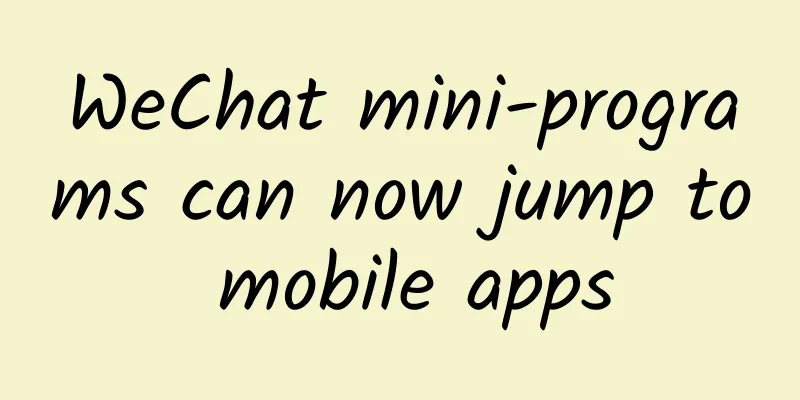
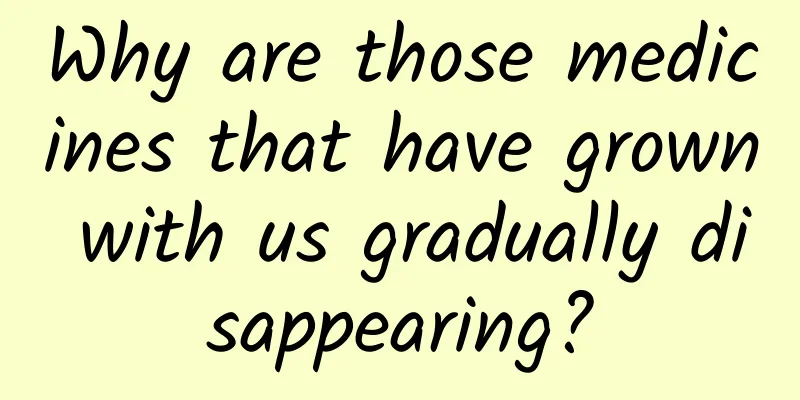
![Black Hat - Group Traffic Tik Tok Gameplay, can get 2 million group traffic in a year [paid article]](/upload/images/67cc031fb3061.webp)
